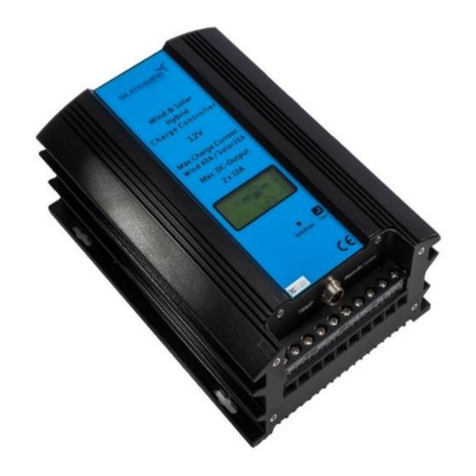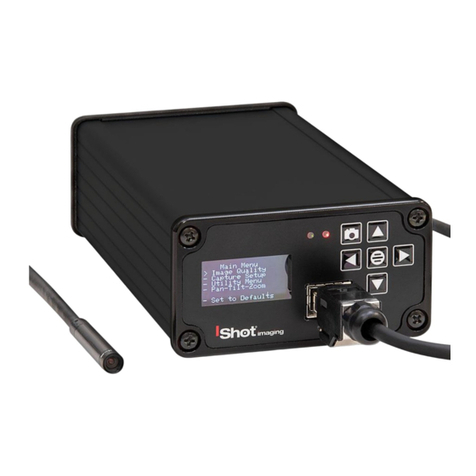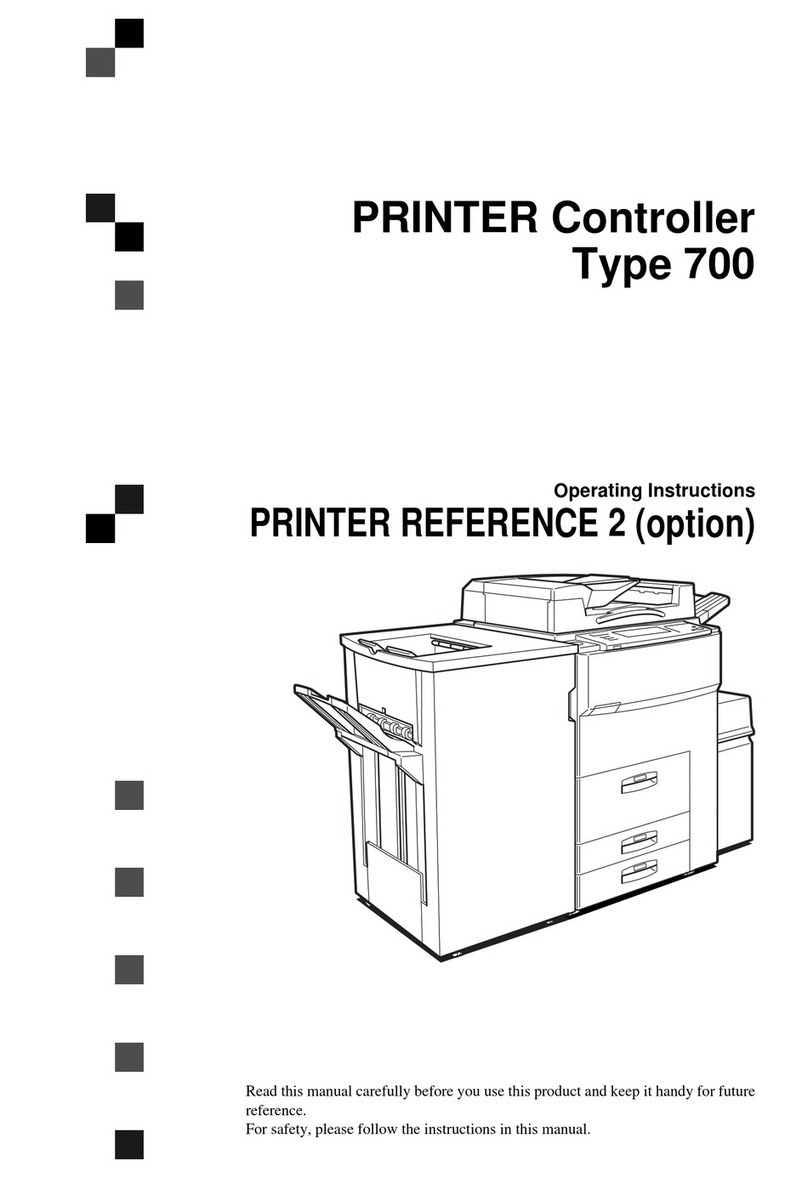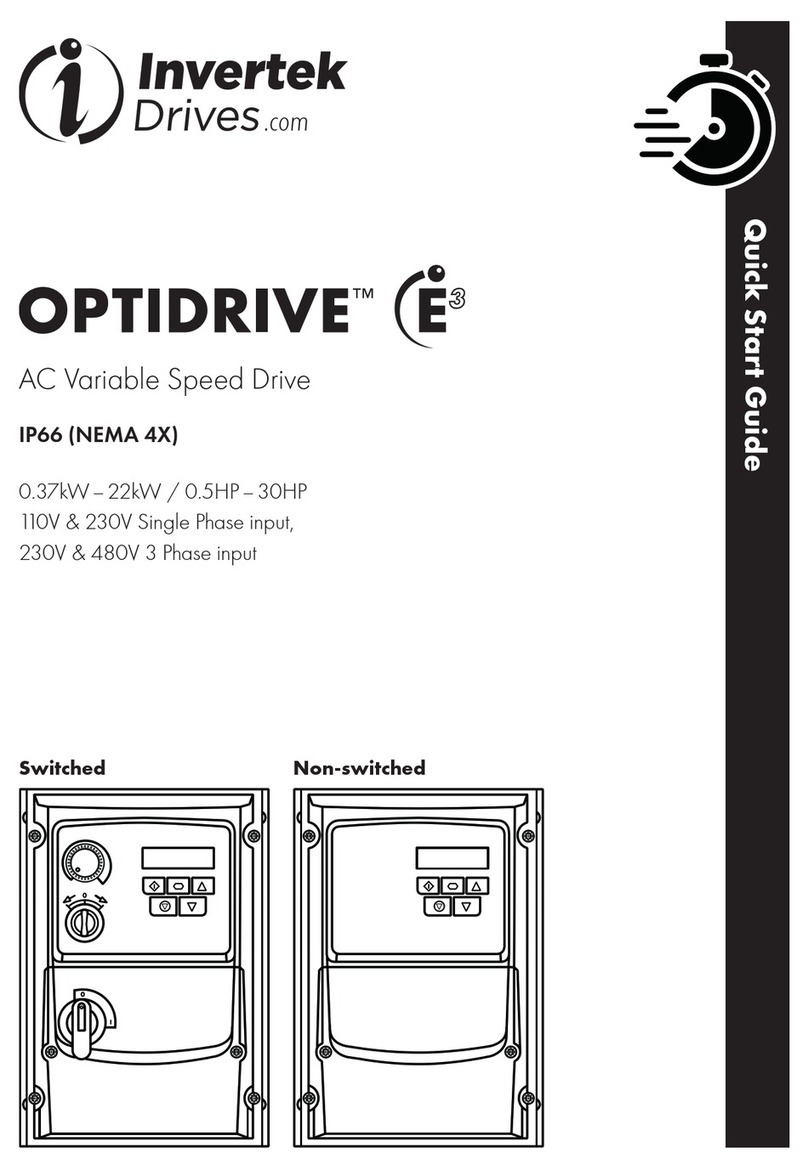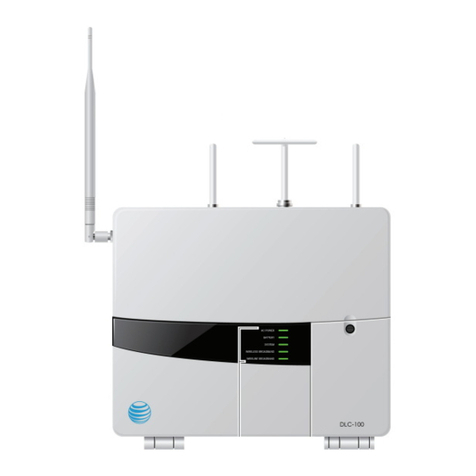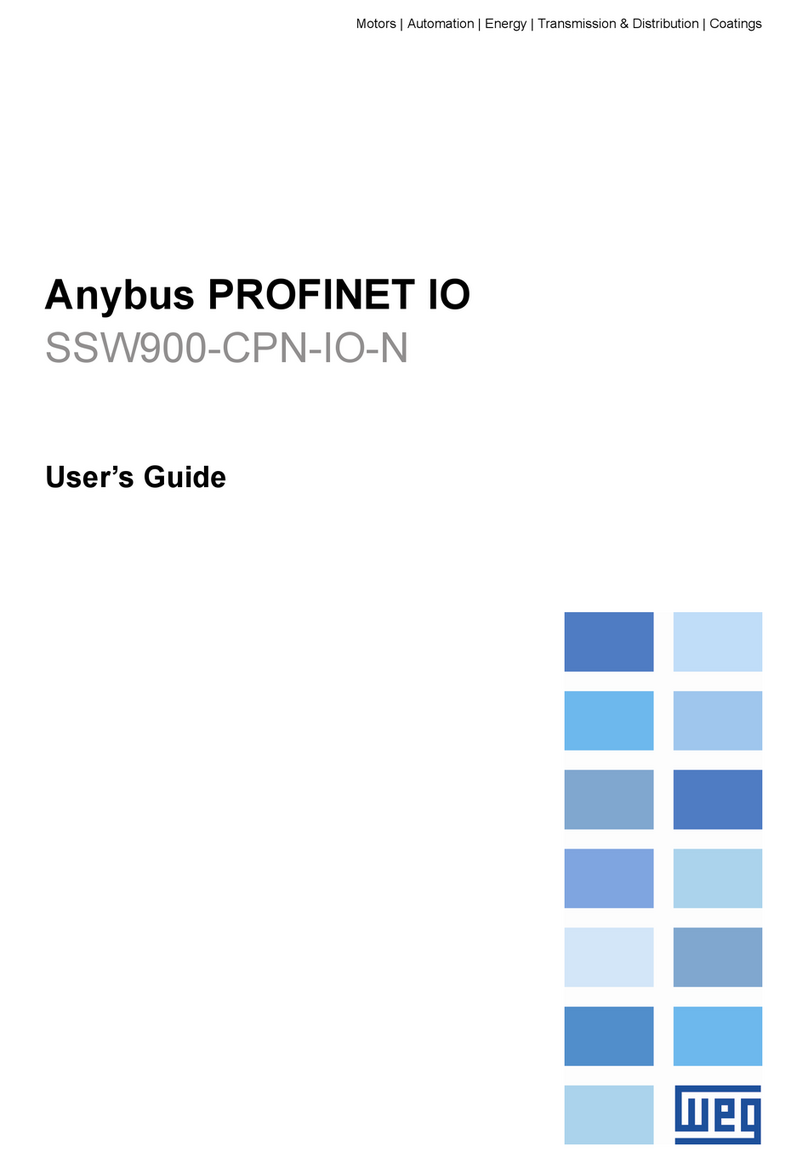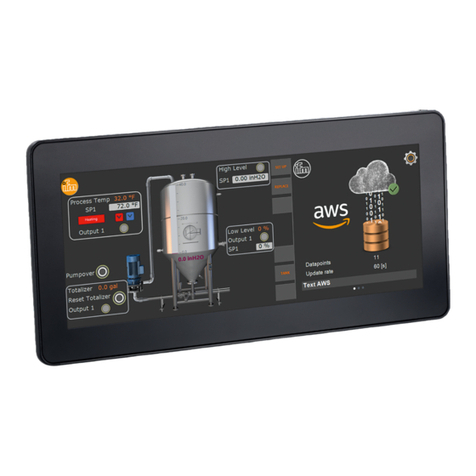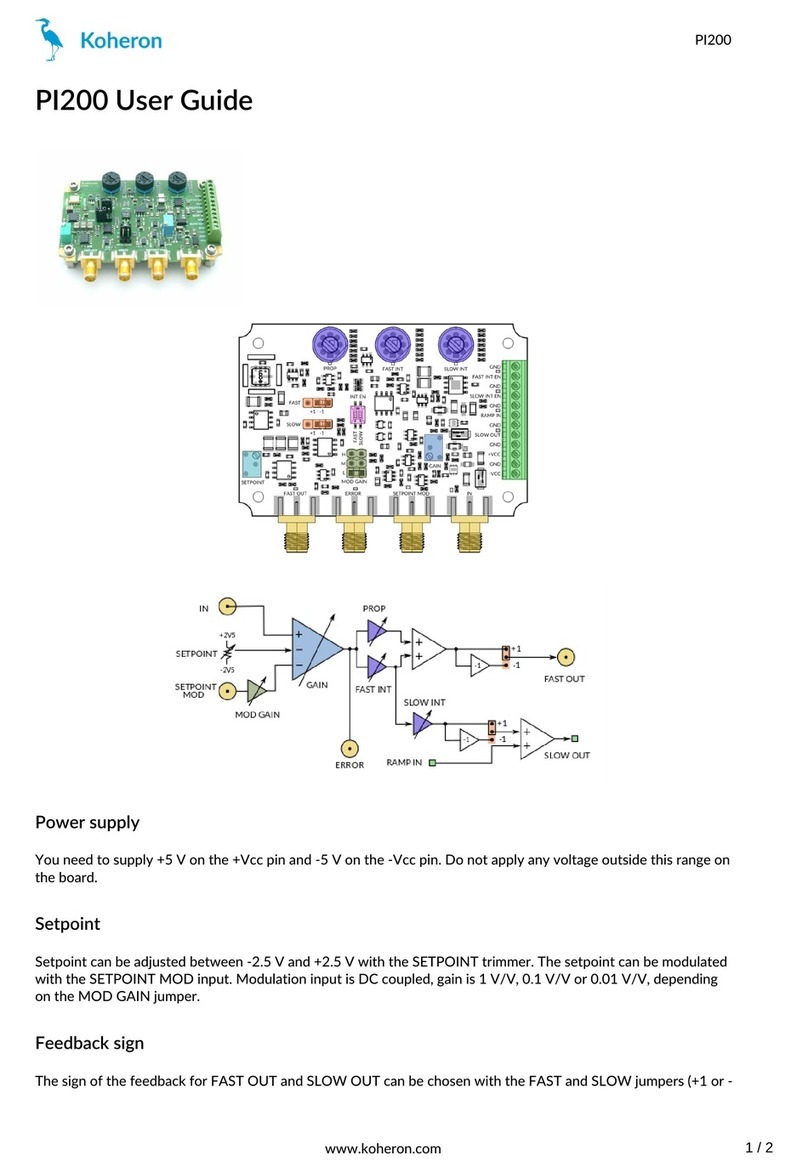SilentWind HYBRID BOOST User manual

INSTRUCTION MANUAL
Hybrid – BOOST Charge Controller
with Wireless Connection
www.silentwindgenerator.com


Congratulations, you have bought a high-quality SILENTWIND hybrid charge
regulator HYBRID BOOST
Before using this gadget please carefully read this manual.
General Information
The Silentwind-Charge controller HYBRID BOOST is a combined wind and solar
charge regulator with an inbuilt micro-controller. The HYBRID BOOST was espe-
cially developed for the Silentwind Generator and enables you additionally to
install solar panels up to a wattage of 300 Watt peak or to a max. current of 20A.
Consumers with a maximum current of 10 Amps that are connected to the deep
cycle output can be automatically switched off or on by a deep cycle protection
function.
All operating parameters can be seen on a LCD-display or on a tablet or smart-
phone over the Wireless connection. You can also set all operating parameter over
the APP provided. It is suitable for all Android and IOS devices.
The Silentwind Generator generates 3phase AC-voltage. In the charge controller
AC is transformed to DC voltage. 12 / 24 or 48 must be chosen in accordance with
the system voltage of the customer. All types of batteries (Gel, AGM, acid and
Lithium) can be charged.
The suitable maximum charge voltage - depending on the type of battery - must
be adjusted in the Setup.
The charger controller is approved.
Advise
Please keep in mind that liquid acid batteries can emit dangerous explosive gas. If
the place where you mount the charge controller is close to these batteries, ensure
efficient ventilation. Gel or AGM batteries are normally maintenance free and do
not emit gas if properly charged.
Always make sure charge controller is mounted in a dry and as cool as possible
place.
3

Contents
Wiring diagram
Technical data
Components of the charge controller
Bottom panel
LCD
Mounting the charge controller
Cable size selection
Installation and connection of the charge controller
External Stop Switch
Connecting solar panels
Programming charge controller
Programming instruction
SilentWind Controller APP installation and operation
Settings
Settings parameters
Charging – Absorption mode
Break adjustment
Boost function
Charge cut-off voltage
Save settings
Troubleshooting
1.
2.
3.
3.1.
3.2.
4.
5.
6.
7.
8.
9.
10.
10.1.
10.2.
10.2.1
10.2.2
10.2.3
10.2.4
10.2.5
10.2.6
11.
5
6
7
7
7
8
8
9
10
10
11
12
12
12
13
13
13
14
14
14
15
4

1. Wiring diagram
Wind
Generator
Charge
controller
Solar
Panels
Wind
Generator
Charge
controller
Automatic
Light
Batteries Inverter End user
5

2. Technical data
Features
Hybrid-charge controller type
Battery system voltage (automatically detected)
Max. power input of the wind generator
Max. current input of the wind generator
Max. power input of the solar panel
Max. current input of the solar panel
Max. open circuit voltage input of the solar panel
Max. total charge current
Max. switch off current at LOAD-output (Load)
Max. voltage adjustable for the battery types
Dimensions (L x W x H) in mm
Weight
Suitable for
Warranty
HYBRID BOOST
12 / 24 / 48 Volt
600 W
40A / 30A / 15A
300Wp
20A / 10A / 5A
50VDC
60 A
2 x 10 A
acid, gel or AGM
220 x 150 x 82
2,80 kg
flooded, sealed, gel or AGM
24 months
Cable connection
Integrated electronic brake
Integrated manual brake switch
LCD-display of all relevant working data
External stop switch
screw terminals
charge limitation, storm brake
service
W, A, V/Ah, kWh, Ah
Plug connector
6

On the down side of the charge controller there are screw terminals to connect the
battery, the wind generator, the solar panels and DC consumers.
The connections for the remote brake are also below.
3. Components of the charge controller
3.1. Bottom panel
On the top of the charge controller there is an LCD-display that shows you all
operating data during the working process.
3.2. LCD
7

As you can see from the wiring diagram in paragraph 1 a 3-pole cable with suitable
cross section must be wired from the Silentwind-Generator to the charge control-
ler. The charge power gets from the charge controller to the batteries through two
wires (on the AC entrance through three wires) Therefore the cross section of the
two wires on the DC output should be larger, we recommend a minimum cross
section of 10mm2.
See below table to find the correct cable cross section:
5. Cable size selection
The charge controller generates heat and should be mounted with the panel
upright (if you can read the front panel text horizontally then this is correct). The
side panels and back panel are a heat sink to dissipate heat, which is why the
orientation is important.
The charge controller is mounted to the wall using four screws.
4. Mounting the charge controller
Distance from wind generator to the charge controller in m
Cable cross section mm2AWG
Distance from the charge contr. to the battery in m
Cable cross section mm2AWG
70 - 110
50 - 1
70 - 110
---
0 - 9
6 - 10
0 - 9
16 - 6
10 - 19
10 - 8
10 - 19
25 - 4
20 - 29
16 - 6
20 - 29
35 - 2
30 - 44
25 - 4
30 - 44
---
45 - 69
35 - 2
45 - 69
---
System voltage 12 Volt
Distance from wind generator to the charge controller in m
Cable cross section mm2AWG
Distance from the charge contr. to the battery in m
Cable cross section mm2AWG
70 - 110
25 - 4
70 - 110
---
0 - 9
2.5 - 14
0 - 9
16 - 6
10 - 19
4 - 12
10 - 19
25 - 4
20 - 29
6 - 10
20 - 29
35 - 2
30 - 44
10 - 8
30 - 44
---
45 - 69
16 - 6
45 - 69
---
System voltage 24 Volt
8

The charge controller should be mounted close to the battery in a ventilated and
cool location which enables you to read the information shown on the LCD display
and to operate the manual brake switch easily. There is a remote brake switch can
be used if the charge controller is not easily accessible.
6. Installation and connection of the charge controller
Especially acid batteries can emit gas when charging. Therefore the charge
controller must not be installed close to those batteries. In case of high concentra-
tion of dangerous gas there is a risk of explosion. Please note the safety regula-
tions, advice of the battery producer.
If the acid batteries are equipped with ventilation pipes to the exterior or if the
storage room of the batteries is otherwise ventilated, the charge controller can be
installed close to the batteries.
Safety device:
Connect the free end of the wire with your wires coming from the wind generator
and the battery with suitable insulating screw joints.
In case you do not use the connecting wires we recommend the use of crimp type
cable sockets to fix your wires directly to the charge controller. After having fixed
the crimp type cable sockets with the bared wires these can be fixed to the cable
sockets.
Please find a sketch of the wiring diagram in the paragraph 1 of this manual.
Make sure that you fix the wires properly to prevent them from getting loose
due to vibrations. Fix the screws sufficiently to ensure electric contact.
Please connect a suitable fuse (50Amp. or more) close to the battery in the positive
wire.
It is most important that you first connect the charge controller to the
battery with the right polarity.
After the connection of the battery you can connect the Silentwind Generator, the
solar panel and if required a load output with maximum 10A. On the 3-phase
output wires of the Silentwind you need not to pay attention to polarity.
Please take note:
9

The confusion of Plus and Minus will definitely destroy your charge controller. In
that case warranty is gone.
If there is sufficient wind speed when connecting the Silentwind Generator, this will
immediately generate electric power at the end of the 3 AC-wires without being
connected to the charge controller. Therefore we recommend blocking the
Silentwind Generator blades with a rope before connecting the wires to the
charger. The 3 AC output wires must be connected to the 3 screw terminals on the
back of the charge regulator. (See paragraph 3.1). In a 3 phase AC system the
connection order / polarity does not matter.
Attention
You can connect an external stop switch to the charge controller (see picture on
page 5). You can choose the type of stop switch suitable to your instrument panel.
7. External Stop Switch
The charge controller Hybrid BOOST is a hybrid controller both for wind and solar
energy. Solar panels with a max power of 300 Wp ( 20 A for 12V / 10 A for 24V and
5 A for 48V) can be connected, See technical details page 4.
Connect the solar panels according to the following sketch.
8. Connecting solar panels
12 volt system:
Modul 1
18V – 22V
–+
–+
18V – 22V
open circuit voltage
Modul 1 Modul 2 Modul N
18V – 22V 18V – 22V 18V – 22V V – 22V
–
+
–
+
–
+
–
+
open circuit
voltage
charge
controller
charge controller
10

24 volt system:
Modul 1
Modul N
36V – 44V
–+
–+
36V – 44V
36V – 44V
open circuit voltage
charge controller
Modul 1
Modul N
18V – 22V
–+
–+
Modul 2
18V – 22V
–+
36V – 44V
18V – 22V
Modul N+1
18V – 22V
open circuit voltage
charge controller
Before first using the charge controller it must be adjusted to the type of battery
(acid, gel, AGM) you want to use, the Storm brake and the absorption modus
according to your system.
A special feature of this charge controller is that you can programme everything
thru your Smartphone or Tablet. Download the APP for your operating system
(Android or IOS) from our website or on the App Store. If the charge end voltage –
according to the type of battery – is reached, the charge controller will switch of the
Silentwind Generator under step “Over voltage”. Additionally the maximum charge
current can be adjusted. You have to programme the requested switch off current
at the step “Brake Current”.
We also recommend making use of the additional adjustments according to your
individual requirements, like the switch on- and switching off-voltage of the load
settings and light function.
If the charge end voltage or maximum charge current is reached, the Silentwind
Generator will stop for approx. 5 minutes.
The break mode of the charge regulator generates internal rising temperatures that
are thermically detected. Therefore the break time of the Silentwind Generator will
be increased in high wind speeds until the internal temperature is reduced by
dissipation.
For this reason the charge controller should be installed on a place as cool as
possible. Never install the controller at direct solar radiation or sunlight.
9. Programming charge controller
11

This means that the Silentwind Generator can also be operated with a larger
battery capacity. If a large battery capacity is discharged, a higher charge current
will flow in high wind speeds. As you can set the maximum charge current you can
prevent overheating of the charge controller. As described in step “Brake Current”
you can reduce the max. charge current according to the requirements.
If the capacity of the batteries is less than 150 Ah, or old batteries have lost their
original capacity, the point of max. Voltage can be reached very fast although the
battery is not fully charged yet. In this case it can be useful to connect an electric
consumer to the Load-output, as this will reduce the voltage and thus prevent that
the break mode is activated too early.
Advice
The SilentWind Controller APP is available on the Google Play for Android devices
and Apple Store for IOS devices.
Go to your app store according the operating system of your phone and search for:
SilentWind Controller
Download the app and install it as any order APP.
The Android APP is compatible with Android version 5.0.1 or above;
The IOS APP is compatible with IOS version 8 or above;
After installing the APP make sure Bluetooth is enable in your phone and the
controller is on and near your phone.
10. Programming instruction
10.1 SilentWind Controller APP installation and operation
Open the APP in your device and make sure you
find your controller serial number inside the box
of the new controller, in a A5 printed page.
The APP will ask you to introduce the serial
number, chose a name for your controller (ex:
winpower1 ) and select the correct model of your
controller. The APP will find automatically your
controller and connect, and you are ready for
operate and change setting is your controller.
10.2 Settings
12

10.2.1 Settings parameters
Go to menu key on your device and then
‘Settings’.
10.2.2 Charging – Absorption mode
In the display mode shown above „Unload Volts“
you can set the absorption modus of your
batteries by clicking on the field and change the
values. Usually this stage is to slowly keep
charging the batteries until the charge end
voltage is reached. The values depend on the
system voltage (12/24/48V). The approx. values
are 0.5% less than the maximum possible
voltage. For instance for a charge end voltage of
14.4V (12V system) the value should be 13.4V
10.2.3 Break adjustment
You can set the current when you want to stop
the Silentwind Generator. This prevents
overheating, especially with big battery banks
and high loading currents. This function can also
be used to reduce the RPM of the Silentwind
Generator.
13

10.2.4 Boost function
With this parameter you can set the Boost to
achieve an earlier start of charging in to the
batteries. The recommended values are:
12V – 2.0V
24V – 4.0V
48V – 8.0V
You can calculate the max. charge current value
as follows: The max. power of the Silentwind
Generator 400 Watts divided by the max. cut-off
voltage e.g. 14,4 Volt at a AGM battery. The max.
possible charge current in this example is
400VA/14,4V=27,7Amp.
10.2.5 Charge cut-off voltage
In the display mode shown above „Overvoltage“
you can set the charge end voltage of your
battery. Please note the instructions of the
manufacturer of the batteries. The maximum
possible voltage is dependent on the system
voltage (12/24/48V) and the type of battery
(Acid, Gel, AGM or Lithium).
For instance 12V-AGM-Batterie: appr. 14,4V.
10.2.6 Save settings
Click on save data to save the settings.
Please never disconnect the battery wires while the Silentwind Generator is charging.
This will immediately destroy the charge controller. If you want to measure the current
flowing, an amp-meter must be installed in the positive battery wire. Mind the polarity of
the amp-meter. The flowing current can be seen at the LCD-display.
Safety advice
14

11. Troubleshooting
The blades of your Silentwind Generator are turning too slowly
– The manual stop switch of the charge controller is in position “BRAKE”.
– Connecting the wires possibly caused a short circuit between the wires.
– The wind speed is too low.
– The fuse connected to the battery is gone.
– Your Silentwind Generator or the charge regulator has an internal problem.
Please contact your dealer.
In order to find the mistake you have to check the installation chain starting at the
3 wires of the SilentWind Generator connected to the charge controller. In case the
Silentwind Generator does now start (without connection to the charge controller)
the failure is between charge regulator and battery. BE CAREFULL, don‘t touch the
end of the cables because of the electric power that occurs at these ends. If the
Silentwind Generator continues to turn slowly, the failure is between charge
controller and Silentwind Generator.
Mind the recommended cross section of the wire as well as the recommended
minimum capacity of the battery that you want to charge.
If the Silentwind Generator generates too little power
– The wind speed is too low, see the performance diagrams shown in the
manual of the Silentwind. The wind speed measured on top of the mast is higher
than at the position of the wind generator!
– Turbulences by obstacles in the wind direction or the location is unsuitable,
mast too short.
– The wire cross section is not in line with the lenght of the wires installed.
(see page 3).
– The battery-capacity is below 100Ah so that the maximum possible
voltage is generated too fast.
– The battery is too old and has lost capacity so that the maximum power
voltage is achieved too fast.
Enjoy collecting regenerative power.
You contribute protecting the environment and saving your money !
15

Rulis Eléctrica, Lda.
Loteamento Industrial de Linhares,
Lote 19 PT-4805-486 Santo Estevão de Briteiros
Guimarães, Portugal
VAT/Contribuinte / EORI-N. PT 502 995 530
Tel. +351 253 572763 | +351 967 907 933
Fax +351 253 572764
info@silentwindgenerator.com
www.silentwindgenerator.com
Other manuals for HYBRID BOOST
1
Table of contents
Other SilentWind Controllers manuals
Popular Controllers manuals by other brands

Matelec
Matelec FPC-12725 Owner's operation manual
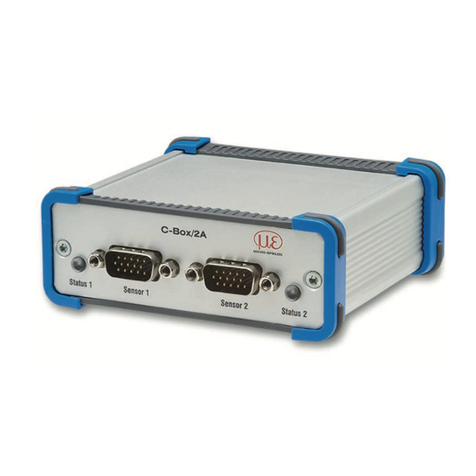
MICRO-EPSILON
MICRO-EPSILON C-Box/2A operating instructions
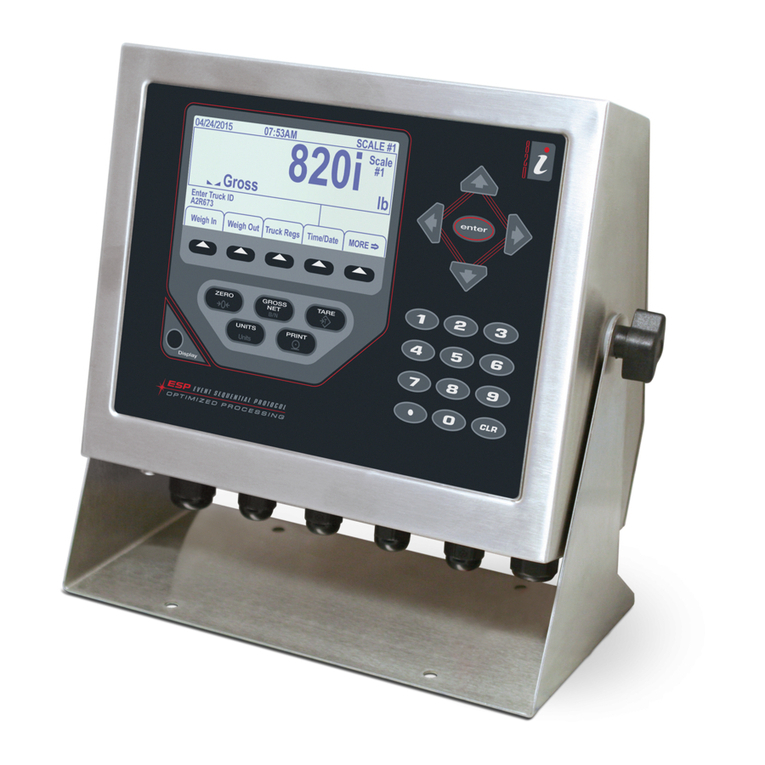
Rice Lake
Rice Lake iRite 920i installation guide
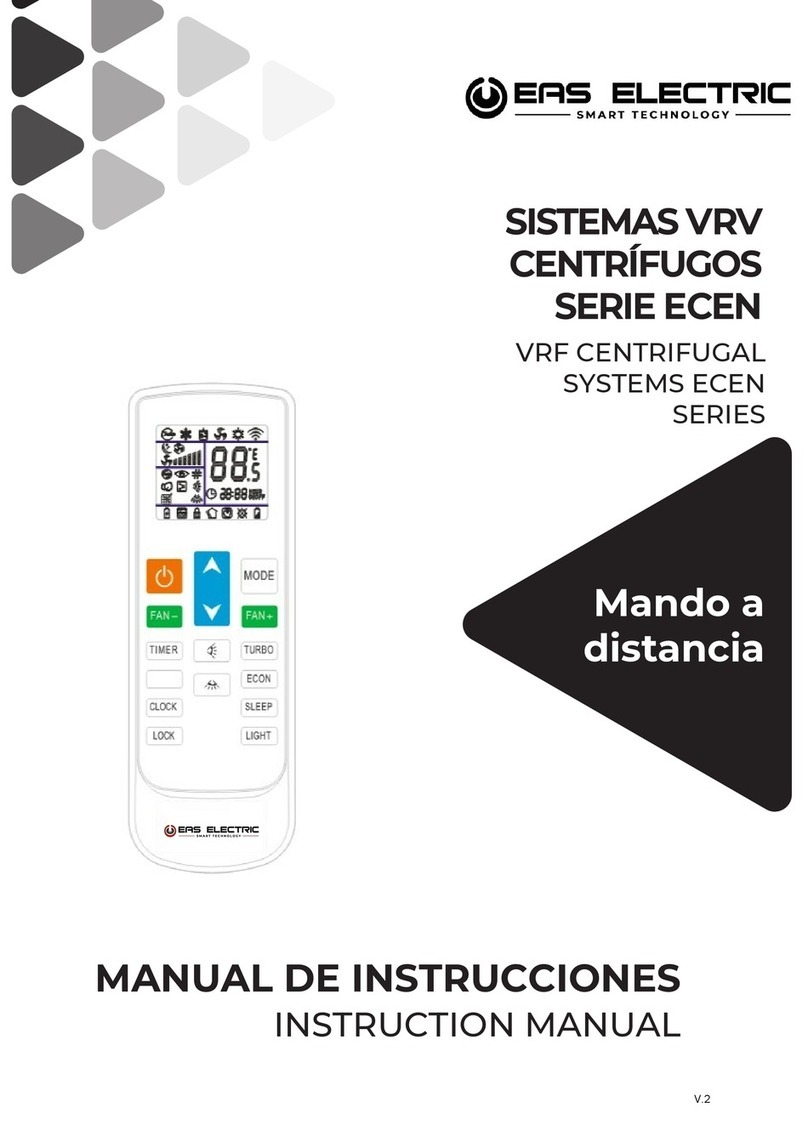
EAS Electric
EAS Electric ECEN Series instruction manual
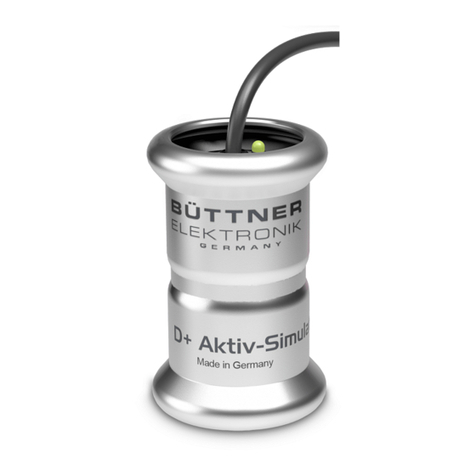
Dometic
Dometic BUTTNER D Plus Installation and operating manual

Osaka
Osaka F 500 user manual

